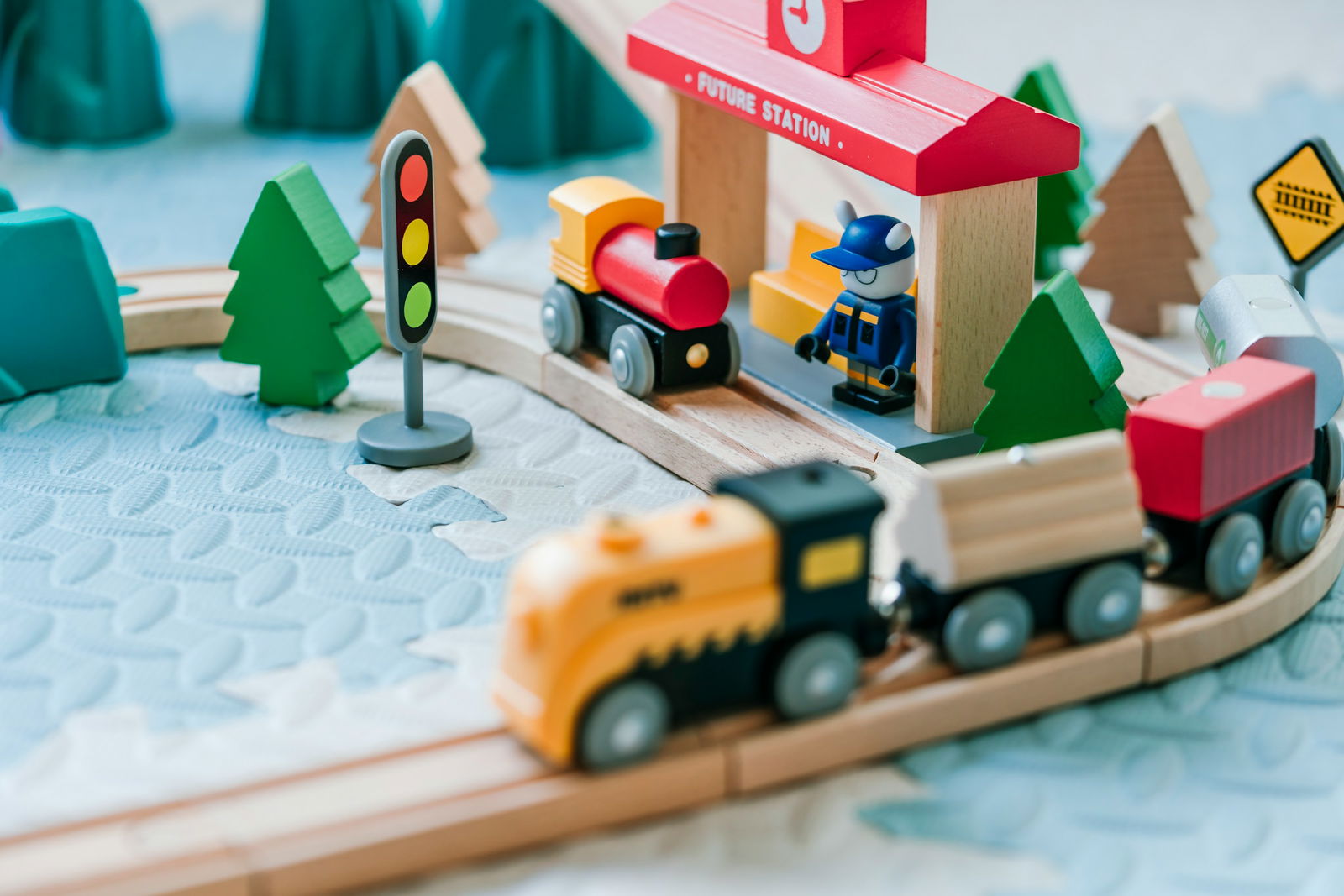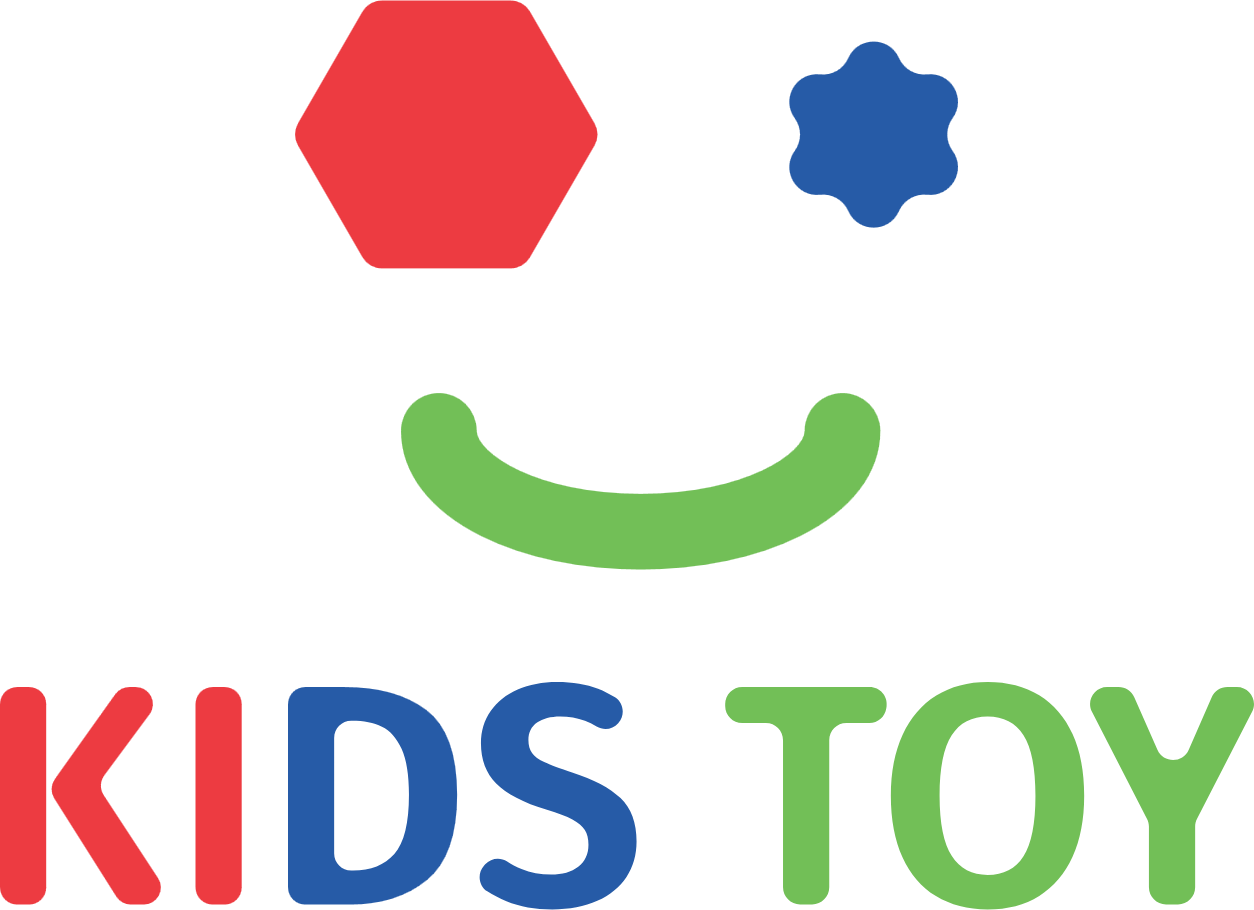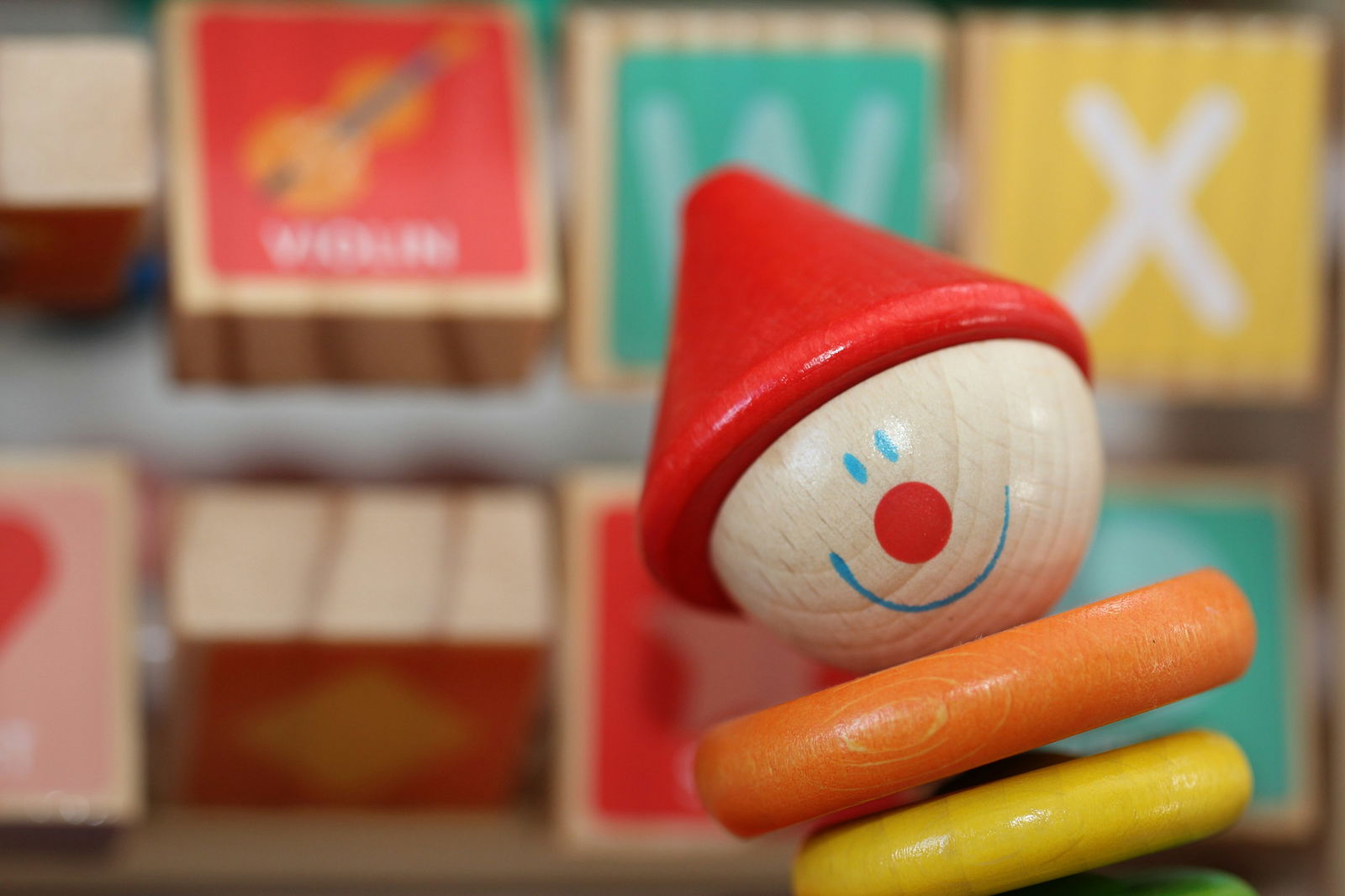
Exploring the Magic of Toys in Childhood Development
Toys have been a fundamental part of childhood for centuries. Whether it's the simple rattle of a newborn's toy or the intricate building blocks of a young child’s playset, toys are essential tools in nurturing creativity, learning, and emotional growth. But beyond just being fun, they hold great significance in a child's development, offering valuable lessons and experiences that shape the way they interact with the world.
The Importance of Toys in Development
1. Cognitive Development
Toys are more than just distractions—they help children develop key cognitive skills. Puzzles, building blocks, and shape sorters are excellent tools to encourage problem-solving and logic. These toys help young minds make sense of the world, teaching them how objects fit together, how to think critically, and how to approach challenges.
For example, a set of wooden blocks teaches spatial awareness, cause and effect, and hand-eye coordination. Simple toys that require children to think and manipulate objects allow them to build foundational skills that they will use throughout their lives.
2. Emotional and Social Growth
Toys also play a huge role in helping children navigate their emotions and learn social skills. Pretend play, with toys like dolls, action figures, or playsets, allows kids to explore different scenarios and emotions, helping them process their own feelings. They can act out what they see around them, from playing “house” to imitating real-life experiences, such as being a doctor or teacher.
Additionally, toys that encourage group play, such as board games or sports equipment, teach children valuable lessons in sharing, turn-taking, teamwork, and communication. These interactions foster cooperation and empathy, preparing children for social success in school and later in life.
3. Physical Development
Toys aren’t just for the mind—they’re vital for physical development as well. Toys like balls, jump ropes, and bicycles encourage physical activity, which promotes motor skills, coordination, and strength. Active toys help children develop balance and muscle control, which are essential for their overall growth.
For younger children, toys that involve crawling, pushing, or pulling enhance gross motor skills, while those that require more delicate hand movements, like drawing or manipulating small parts, improve fine motor skills.
4. Creativity and Imagination
Perhaps one of the most magical things toys provide is the ability to unlock a child’s creativity. Through play, children can imagine whole worlds, create characters, and tell stories that help them express their thoughts and ideas. Toys like building sets, art supplies, and dress-up costumes offer endless possibilities for creative exploration.
Building toys like LEGO, for instance, allow children to construct their own creations—whether following instructions or letting their imagination run wild. It’s this process of making, unmaking, and reimagining that encourages innovation and artistic expression.
The Evolution of Toys: From Simple to High-Tech
The world of toys has evolved significantly over the years, with advances in technology introducing a new era of interactive and digital playthings. While traditional toys continue to be cherished for their hands-on approach, tech-savvy toys—such as coding kits, robotic toys, and VR experiences—are becoming increasingly popular.
These high-tech toys introduce children to new learning methods, like coding, engineering, and virtual exploration. However, it's important to strike a balance between digital and traditional toys to ensure that kids benefit from a range of experiences—both in the physical and digital realms.
Choosing the Right Toy for Your Child
When choosing toys for children, it’s important to consider their developmental stage and interests. Here are a few tips for selecting the perfect toy:
- Age-appropriate toys: Ensure that the toy matches the child’s age to avoid frustration or boredom. For example, soft, squeezable toys are great for infants, while complex construction sets work better for older children.
- Educational value: Look for toys that encourage problem-solving, creativity, and skill-building.
- Safety: Always check for safety certifications and age recommendations to ensure that toys don’t pose a choking hazard or contain harmful materials.
- Balance of digital and physical play: A variety of toys, both interactive and traditional, helps children learn in different ways and stay physically active.





